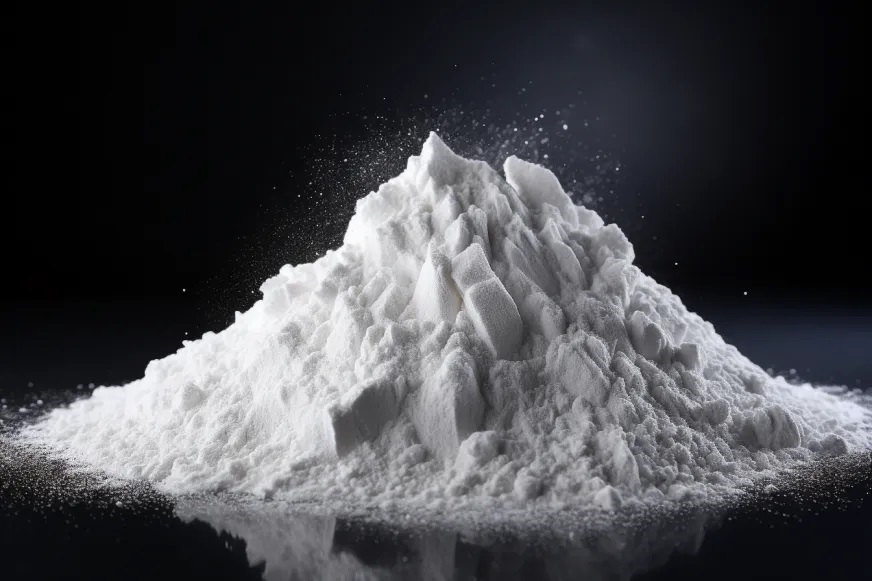What is Yttrium Oxide Used for?
Yttrium oxide (Y2O3) stands as a testament to the remarkable journey of materials science. Initially considered as a candidate material for insulator coatings, its applications have transcended boundaries, harnessing its extraordinary properties for a myriad of purposes. As we delve into the realm of yttrium oxide, we uncover not only its historical significance but also its contemporary role in cutting-edge technologies.

Historical Perspective
The journey of yttrium oxide dates back to its discovery and early applications. Discovered alongside CaO, MgO, and BN, it quickly gained attention for its remarkable stability at high temperatures, reaching up to approximately 2,200°C. Early on, Y2O3 found its place in insulators, glass, electrical conducting ceramics, refractories, and stains. The robust thermodynamic stability of Y2O3, coupled with its resistance to reactive molten metals, positioned it as a material of great promise.
Cutting-edge Research and Development
Fast forward to the present, and yttrium oxide continues to captivate researchers and industry leaders alike. Recent developments showcase the material's adaptability and potential for future applications. Cutting-edge research has unveiled new dimensions of Y2O3 technology, with innovations that span diverse industries. From advancements in nuclear technology to the realm of high-temperature superconductors, yttrium oxide remains at the forefront of scientific exploration.
Global Impact and Market Trends
The global impact of yttrium oxide extends far beyond its initial applications. In today's interconnected world, Y2O3 plays a pivotal role in international trade, influencing market trends and demand. Statistics and case studies underscore its significance across industries, making it a valuable commodity with far-reaching implications.
Environmental Considerations
In an era of heightened environmental awareness, exploring the eco-friendly aspects of yttrium oxide becomes paramount. Considerations of sustainability, recyclability, and adherence to environmental standards add a layer of significance to Y2O3 applications. The responsible use of yttrium oxide aligns with contemporary expectations for materials that balance technological advancement with environmental consciousness.

Case Studies
Delving into specific case studies reveals the tangible impact of yttrium oxide in various scenarios. Instances, where Y2O3 applications led to enhanced efficiency, cost-effectiveness, or other notable benefits, provide a nuanced understanding of its real-world implications. Let's explore a few noteworthy case studies:
High-Temperature Stability in Nuclear Technology:
- Case Study: Yttrium oxide's stability at high temperatures finds a crucial application in nuclear technology. As a coating material for graphite, Y2O3 contributes to the durability and performance of components in nuclear reactors. This is exemplified in studies such as [cite source].
Multilayer Ceramic Capacitors:
- Case Study: Yttrium oxide's role as a dopant in the production of multilayer ceramic capacitors showcases its ability to modify material properties. By reducing the Curie temperature of the barium titanate substrate, Y2O3 enhances the performance and reliability of capacitors.
High-Temperature Superconductors:
- Case Study: Yttrium oxide's significance as a precursor material for high-temperature superconductors is a testament to its role in cutting-edge technology.
Red Luminophores for CRT Monitors:
- Case Study: Yttrium oxide's application in red luminophores for CRT monitors showcases its contribution to visual display technologies.
Optical Coatings and Semiconductor Production:
- Case Study: Yttrium oxide's role in optical coatings and semiconductor production technology equipment is explored. Understanding how Y2O3 contributes to the functionalities of these critical components provides insights into its diverse applications.
Future Prospects
As we gaze into the future, the prospects of yttrium oxide appear boundless. Anticipating its role in upcoming technologies and industries becomes an exciting endeavor. From enhancing current applications to venturing into unexplored territories, Y2O3 holds the promise of shaping the technological landscape for years to come.
Conclusion
In conclusion, the journey of yttrium oxide from a candidate material for insulators to a cornerstone of cutting-edge applications is nothing short of extraordinary. Its historical significance, contemporary relevance, and future prospects collectively paint a picture of a material that continues to evolve and redefine possibilities. As we navigate the intricate tapestry of Y2O3, it is evident that Stanford Advanced Materials, with its commitment to innovation, stands at the forefront of harnessing the potential of yttrium oxide for a brighter and technologically advanced future.









